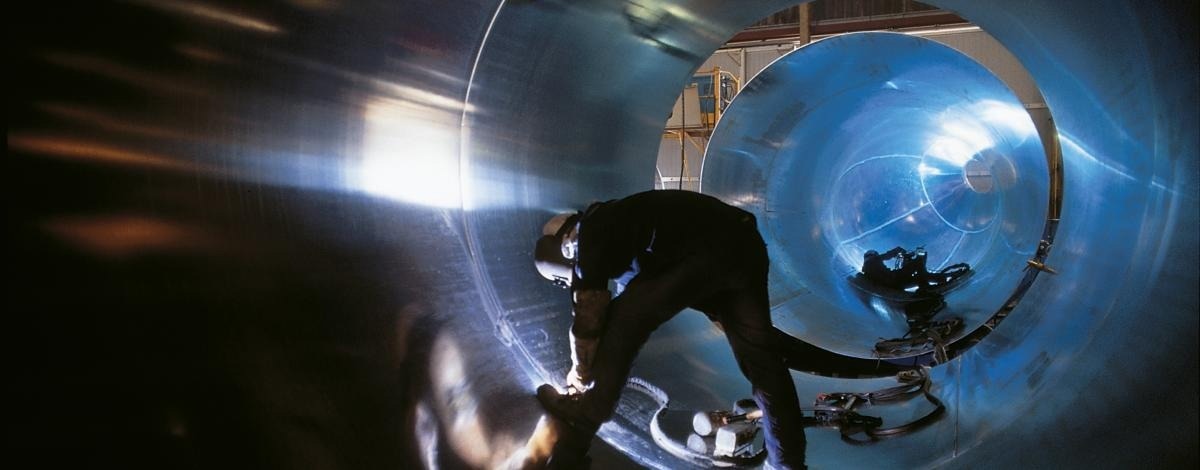Confined space operations demand the utilization of gas detectors to successfully protect employees. Whatever the intervention (maintenance, service, etc.), it is vital that a complete risk assessment is conducted and that staff can be alerted in the event of excessive gas concentrations.

Image Credit: Teledyne Gas and Flame Detection
The Key Risks Involved in Confined Spaces
The key risks of confined space interventions are associated with the excessive presence of explosive, toxic, and flammable gases in intervention areas, in addition to an oxygen-deficient atmosphere:
- Burns (that are sometimes fatal)
- Intoxication by inhalation
- Asphyxia, hypoxia, and anoxia
Preventing Risks in Confined Spaces
There are several solutions that can be implemented to secure your work in a confined space. These include the employment of gas detectors to measure the concentrations of gases that are present and to warn of any potential hazards.
Available Gas Detectors
Interventions can be secured by portable gas detectors or construction beacons such as the BM 25. These autonomous devices offer optimal personal protection regardless of whether the concerned operations in enclosed or semi-enclosed spaces involve rescue, welding, digging, drilling, or interventions in mines, tanks, pits, and wells.
Several portable gas detectors satisfy the requirements of any confined space interventions, and Teledyne Gas and Flame Detection offers the PS200 and PS500 multi-gas detectors, which are modified specifically for this type of risky operation.
These portable gas detectors can be employed to ensure the safety of your staff. Teledyne also offers customizable gas detection solutions for work in confined spaces and can assist with the installation process to ensure the detector is ideally suited to the customer’s specific applications.

This information has been sourced, reviewed and adapted from materials provided by Teledyne Gas and Flame Detection.
For more information on this source, please visit Teledyne Gas and Flame Detection.